It should come as no news to anyone that Vitamin C is one of the most important nutrients for humans. More specifically, when it comes to skin, Vitamin C is the most abundant antioxidant and extremely important to skin health, especially when it comes to slowing down aging. Unfortunately, humans are unable to synthesize Vitamin C due to missing a particular enzyme, which is why we need to make sure to consume enough of it through food. But here is where it gets tricky: Vitamin C has been proven to be lacking in bioavailability and activity in the skin when consumed orally through food or supplements - leaving us with the only option of applying it to the skin topically to reap its benefits.
In our product development over the years we have come across many different forms of Vitamin C used in cosmetics. Wanting to offer a clinical concentration of the compound, we have analyzed various forms for potential use in our formulations: from plant sources such as Kakadu plum to pure, lab synthesized L-Ascorbic Acid and its stabilized derivatives like Sodium Ascorbyl Phosphate and Tetrahexyldecyl Ascorbate (yes, a mouthful!). Plants offer a great variety of nutrients but when it comes to concentration, they often lack the amount necessary to achieve the specific, efficacious results shown in studies. Let's take a deeper dive into each of these forms of Vitamin C to achieve a better understanding of how this compound works in the skin and how the forms differ in terms of results.
Vitamin C 101
L-Ascorbic acid (LAA) is the chemically active form of Vitamin C. In nature, Vitamin C is found in equal parts as LAA and D-ascorbic acid. However, only LAA is biologically active and thus useful in medical practice. Vitamin C forms a part of a complex group of enzymatic and non-enzymatic antioxidants that co-exist to protect the skin from free radicals. Free radicals may sound kind of fun and edgy but they are highly unstable molecules that can cause direct damage to the skin's DNA, resulting in accelerated skin aging from oxidative stress.
Vitamin C is the most powerful antioxidant found in the human skin and consequently offers a whole slew of benefits. It has been shown to:
- Protect against UV induced skin damage
- Have the ability to slow aging
- Decrease melanin formation (and thereby reducing pigmentation)
-
Work synergistically with Vitamin E in the protection against oxidative damage
Forms of Vitamin C: L-Ascorbic Acid
Being available in a number of active forms, L-Ascorbic acid has been well studied for cosmetic use. However, there are a variety of challenges that face L-Ascorbic acid. Firstly, it is hydrophilic (water soluble) and the stratum corneum, the outermost layer of our skin, is hydrophobic (repels water). Secondly, it is notoriously difficult to formulate with as it is unstable when exposed to oxygen or light. It being a charged molecule is the third factor contributing to its poor penetration into our skin. But there is no need for despair, advancements in science have found ways to work around all of these hurdles. Reducing the acidity to a pH below 3.5 has shown to be effective in improving its stability and permeability, as well as its penetration into skin. This is largely due to the fact that the lower pH transforms the molecule from charged to uncharged. However, the low pH can cause skin sensitivity and affect penetration. Additionally, L-Ascorbic acid is easily destabilized when applied to the skin, where it can remain, oxidize and react with other products. This is where formulation becomes key, but more on this later.
LAA derivate: Tetrahexyldecyl ascorbate, aka Vitamin C ester
Given how difficult it is to deliver L-Ascorbic acid into the skin, researchers have been trying to find more stable forms of Vitamin C for cosmetic use for some time. The primary goal was to find derivatives that are stable, enhance penetration and are easy to formulate at a healthy skin pH. One of the most stable types of Vitamin C was discovered in the form of Tetrahexyldecyl ascorbate (a Vitamin C ester). Unlike L-Ascorbic acid, this compound is oil soluble and stable, making it ideal for skin penetration due to its fatty acid components. It is also less irritating, longer lasting and penetrates 3 times more deeply into the skin! Studies have shown that Tetrahexyldecyl ascorbate can promote up to 50% more collagen production compared to L-Ascorbic acid and the enhanced penetration also means that a lesser percentage is sufficient to achieve these results. A win-win!
Plant Derived Vitamin C
As previously mentioned, concentration is a determining factor when it comes to reaping the benefits of topically applied Vitamin C. The plant kingdom hardly has a shortage of powerfully potent antioxidant-containing samples but let's take a closer look at what the concentration means for our skin.
Vitamin C within plants extracted for skin care has serious concentration and stability issues. Plant Vitamin C is extremely vulnerable and most oxygenates quickly during extraction. This is why cosmetic science uses lab synthesized Vitamin C and derivatives. Hibiscus extract, for example, contains a high amount of Ascorbic Acid/Vitamin C for a plant, at a total concentration of 0.05 - 0.1%. This content certainly contributes to its free radical scavenging ability in the skin. This concentration unfortunately falls short when we compare it to lab synthesized LAA and its derivatives. Currently, the highest natural source of Vitamin C is found in Kakadu plum. At 100% concentration, the pure, cosmetic grade, 3:1 extract of Kakadu plum yields an overall 2% concentration of Vitamin C. So looking at a formula for a cosmetic product, Kakadu plum will need a variety of different ingredients to create a formulation that is wearable and can effectively penetrate the surface of the skin. As an example, let's compare Kakadu plum as a singular ingredient vs. within a formula containing 30% Kakadu plum. Within the sample of only pure Kakadu plum, the concentration of Vitamin C will be 2%. When used in a formulation, Kakadu plum as an ingredient will make up a specific percentage of the total formula, in this case 30% Kakadu plum. So since the overall amount of Kakadu plum has been reduced by 70%, the concentration of Vitamin C will equally be reduced, to 0.6%.
Whilst plants offer incredibly bioactive, multi-nutrient support to the skin, they will only contain a fraction of the concentration of Vitamin C needed to have visible dermal impact that lab synthesized Vitamin C has been shown to achieve.
A side note regarding internal supplementation:
Many herbs and plants contain high concentrations of Vitamin C relating to internal daily nutritional value. This value however does not directly translate to showing the same topical benefits. For example, smashing up Acerola Cherries and applying them directly to the skin will not automatically provide an equally high concentration of the type of Vitamin C that can be absorbed by the skin. Acerola Cherries offer a very high level of Vitamin C when ingested but it's not the same for topical application.
Vitamin C in formulation
As we have discovered, Vitamin C is a rather difficult ingredient to formulate with, especially in the form of L-Ascorbic acid. When it comes to plant derived Vitamin C the concentration can be prohibitive in achieving results backed by scientific studies. Tetrahexyldecyl ascorbate offers an alternative to LAA that is even longer lasting in the skin, penetrates deeper and is less irritating.
Furthermore, it has been proven that even though Vitamin C can provide photoprotection (a molecular process that helps protect the skin from the sun), the addition of Vitamin E increases this effect by 4 (!). Synergistically, Vitamin C and E limit the chronic UV damage caused by the sun's rays.
Sources
Telang, Pumori Saokar. “Vitamin C in dermatology.”Indian dermatology online journal vol. 4,2 (2013): 143-6. doi:10.4103/2229-5178.110593 https://www.ncbi.nlm.nih.gov/pmc/articles/PMC3673383/#ref3
Traikovich SS. Use of topical ascorbic acid and its effects on photodamaged skin topography. Arch Otolaryngol Head Neck Surg. 1999 Oct;125(10):1091-8. doi: 10.1001/archotol.125.10.1091. PMID: 10522500. https://pubmed.ncbi.nlm.nih.gov/10522500/
Al-Niaimi, Firas, and Nicole Yi Zhen Chiang. “Topical Vitamin C and the Skin: Mechanisms of Action and Clinical Applications.The Journal of clinical and aesthetic dermatology vol. 10,7 (2017): 14-17. https://www.ncbi.nlm.nih.gov/pmc/articles/PMC5605218/
Pinnell SR, Yang H, Omar M, Monteiro-Riviere N, DeBuys HV, Walker LC, Wang Y, Levine M. Topical L-ascorbic acid: percutaneous absorption studies. Dermatol Surg. 2001 Feb;27(2):137-42. doi: 10.1046/j.1524-4725.2001.00264.x. PMID: 11207686. https://pubmed.ncbi.nlm.nih.gov/11207686/
Ravetti S, Clemente C, Brignone S, Hergert L, Allemandi D, Palma S. Ascorbic Acid in Skin Health.Cosmetics. 2019; 6(4):58.https://www.mdpi.com/2079-9284/6/4/58/htm
Eggensperger and Wilker 1996
Clinics in Plastic Surgery, July 2016, page 601



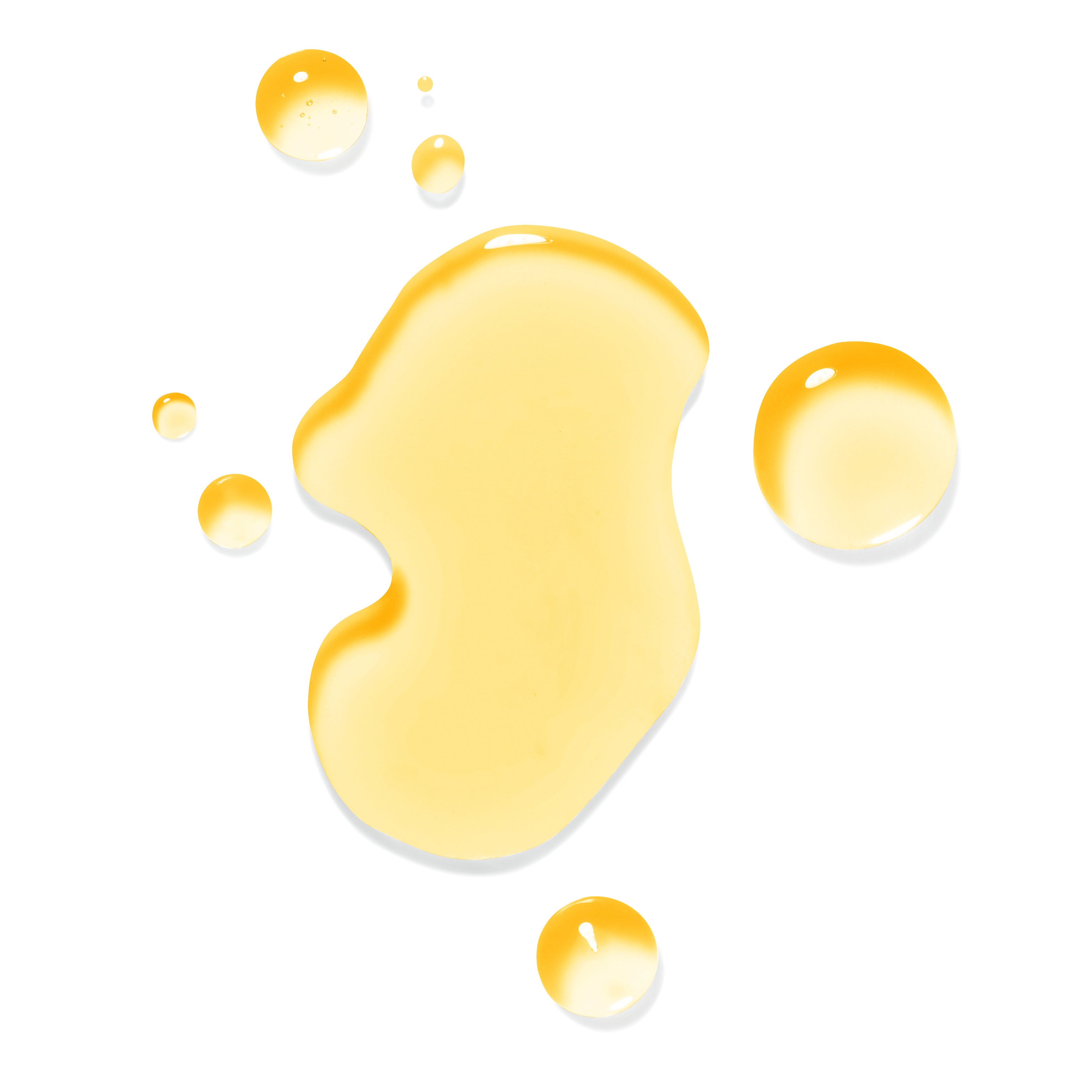


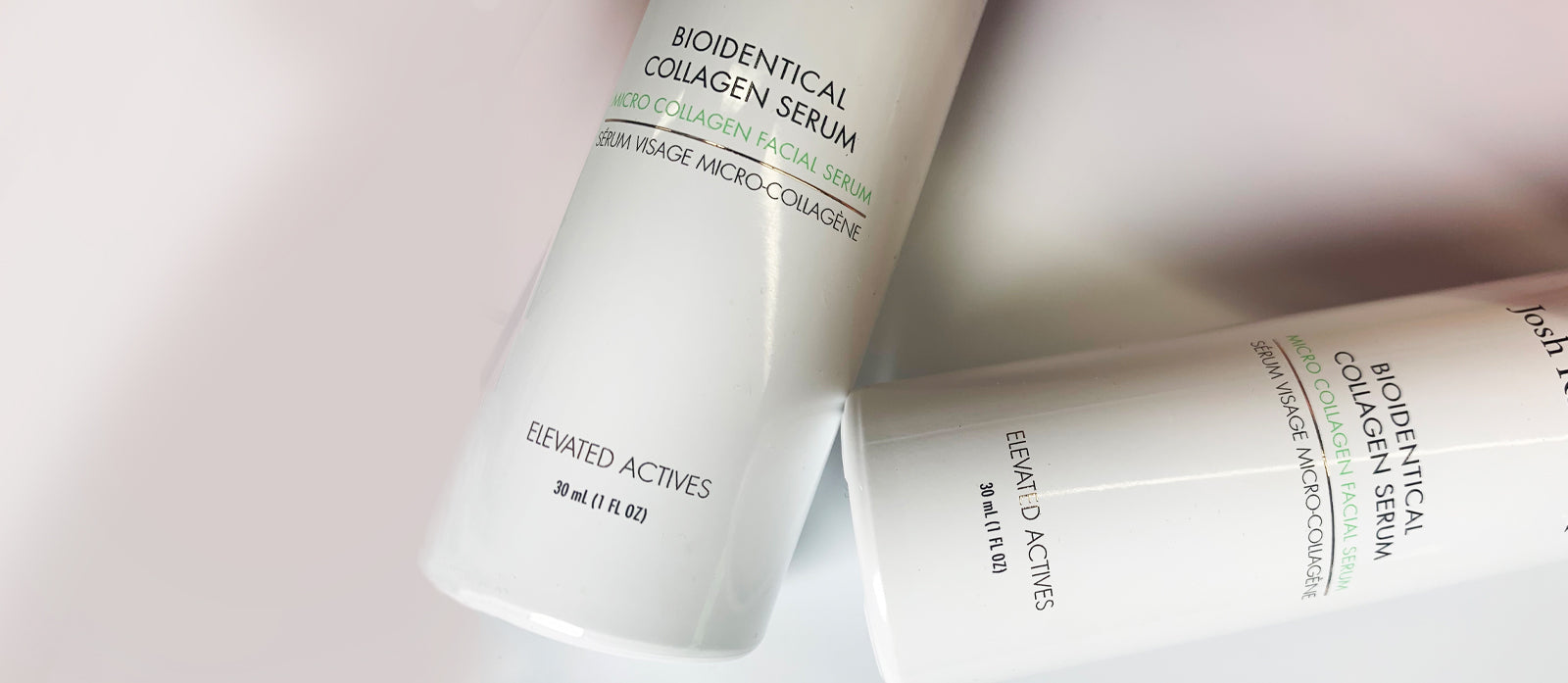
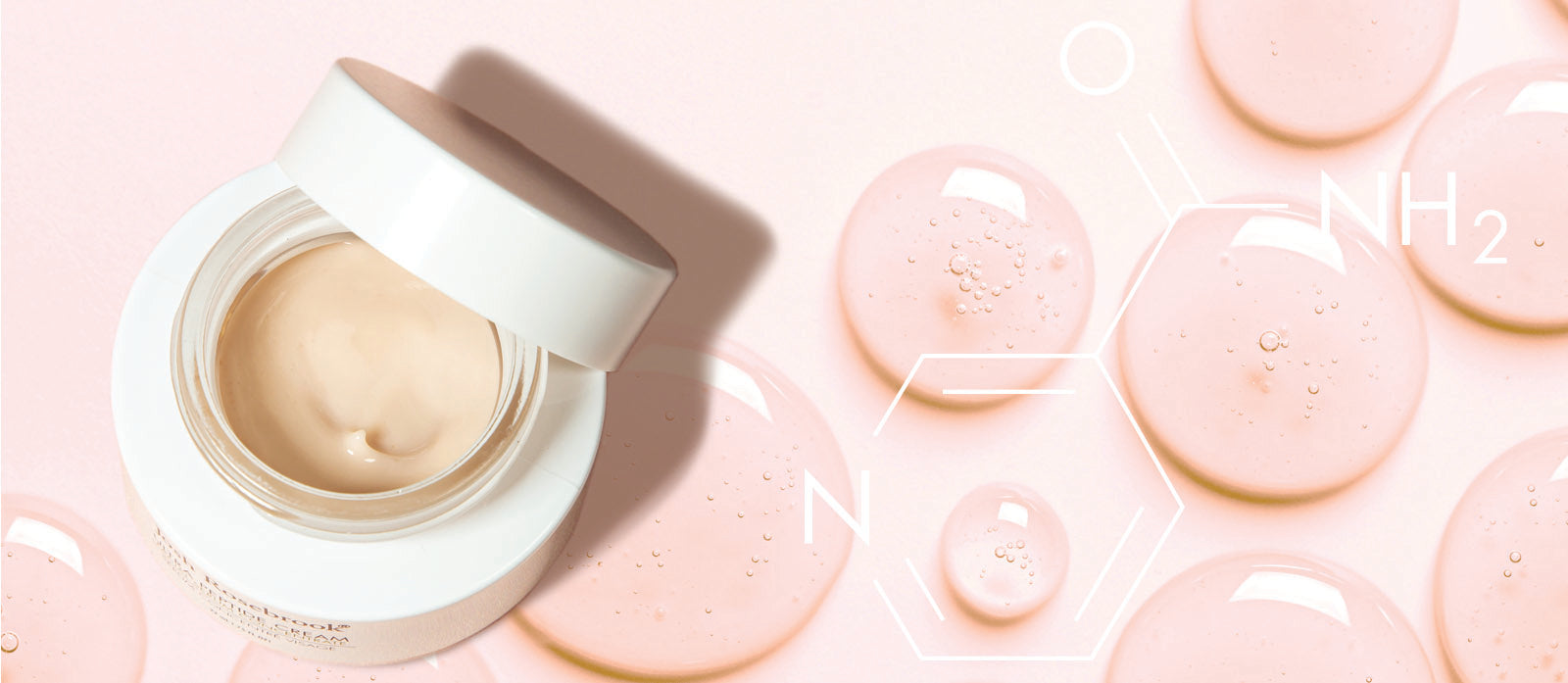
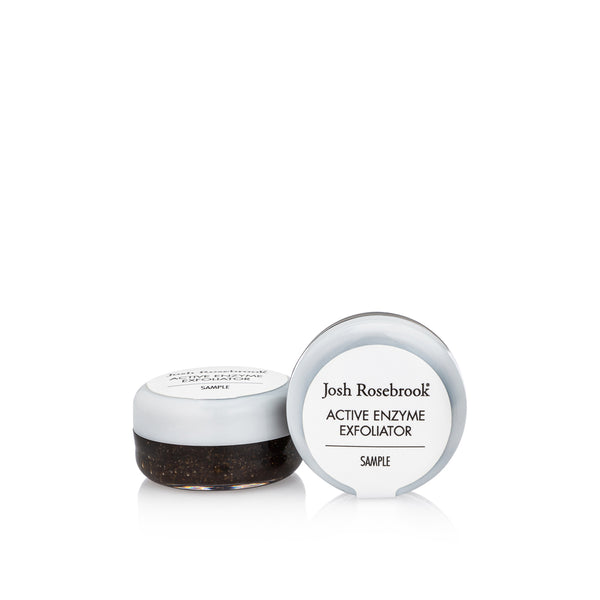

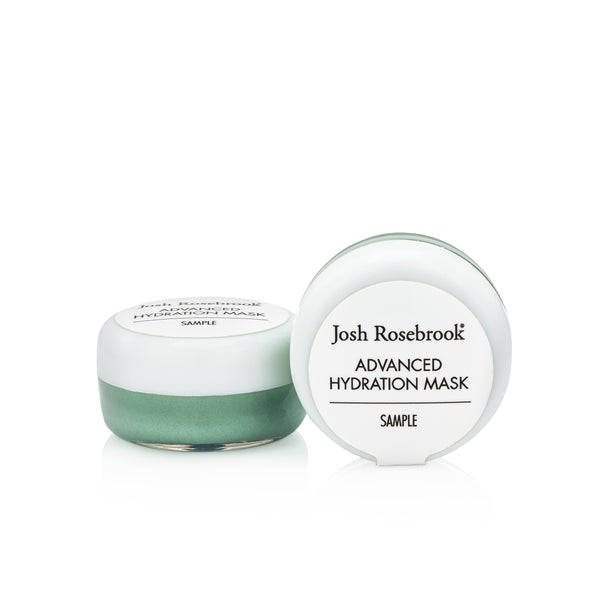
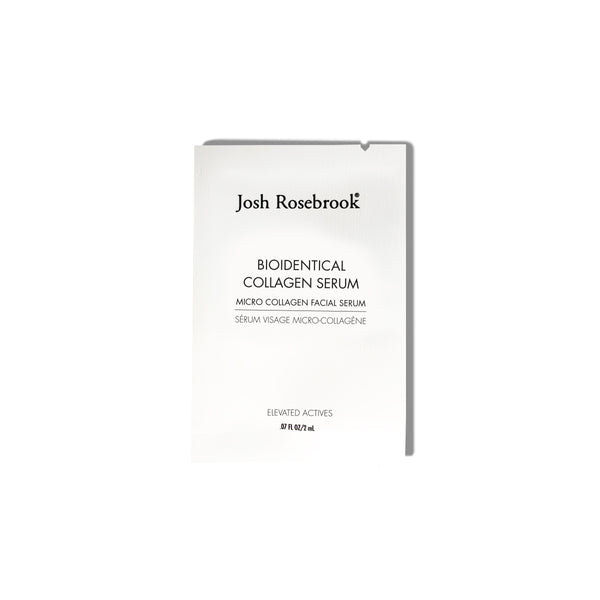

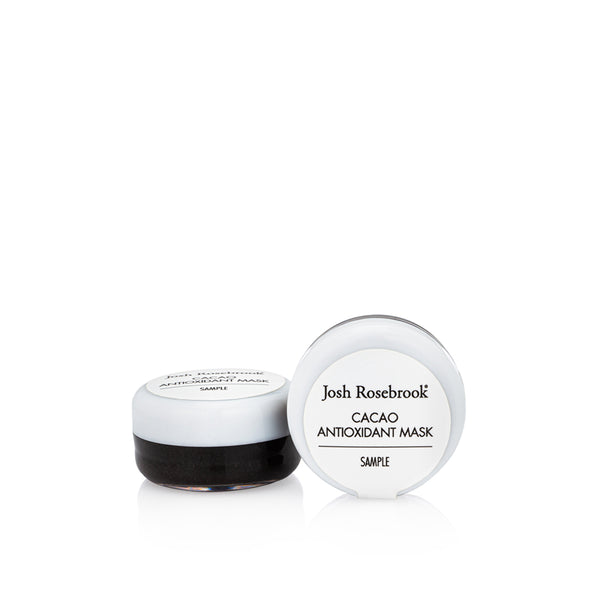
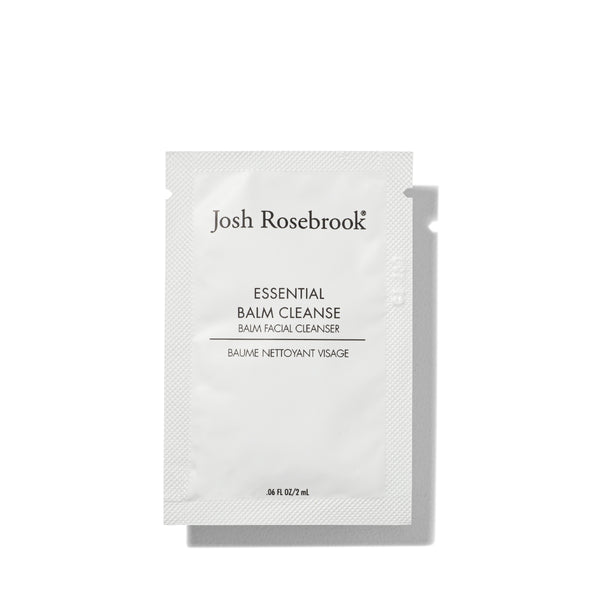
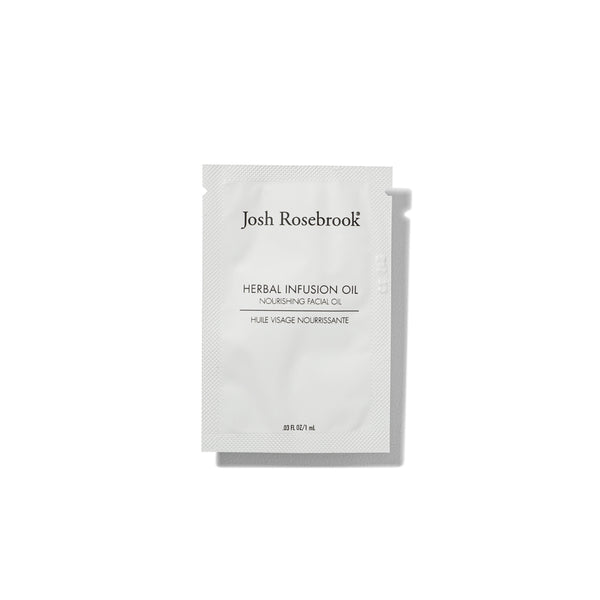
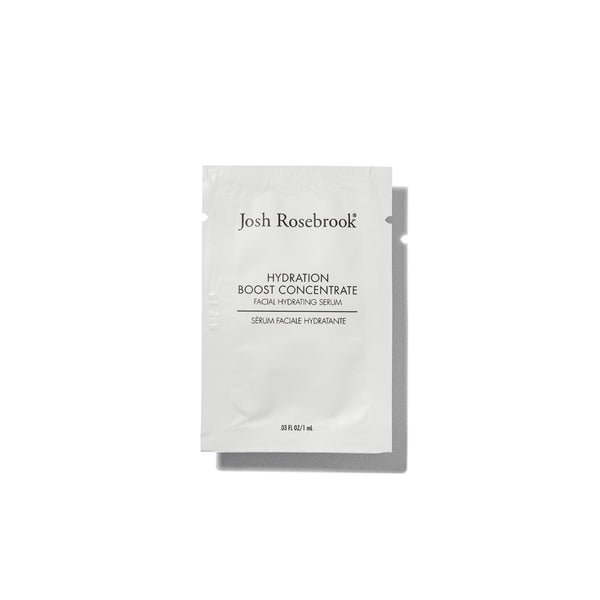
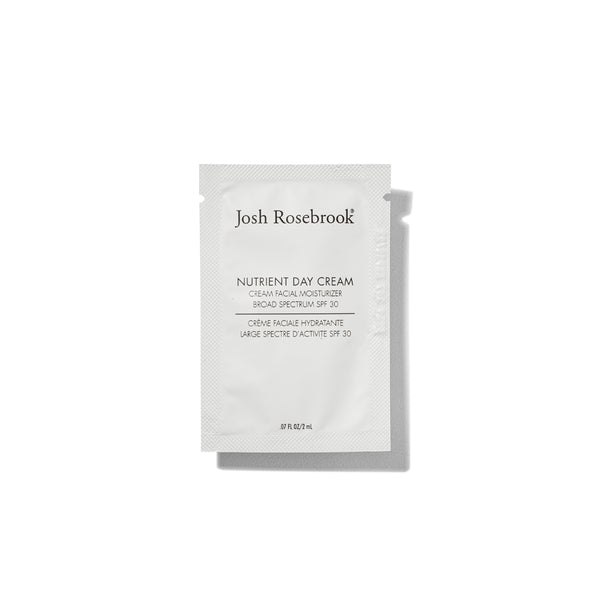
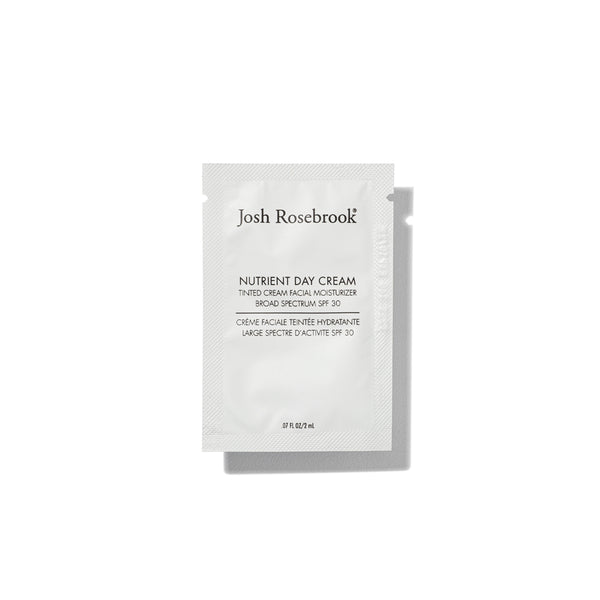
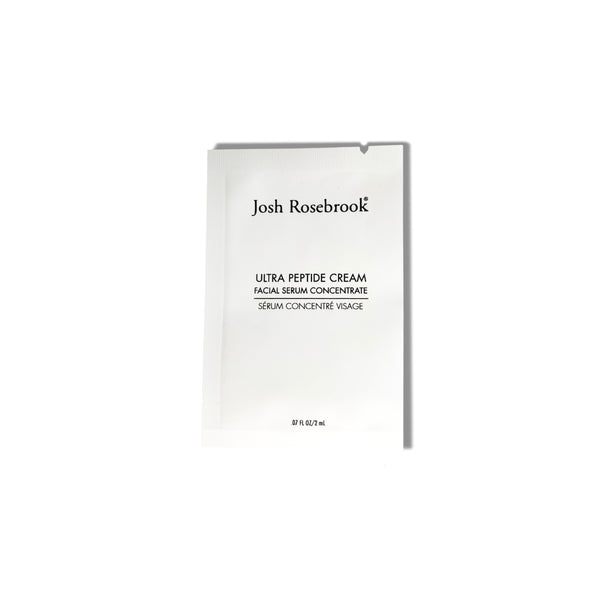
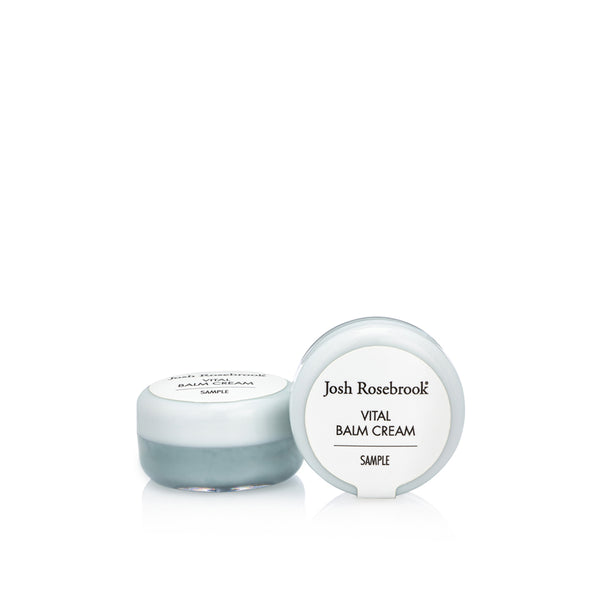
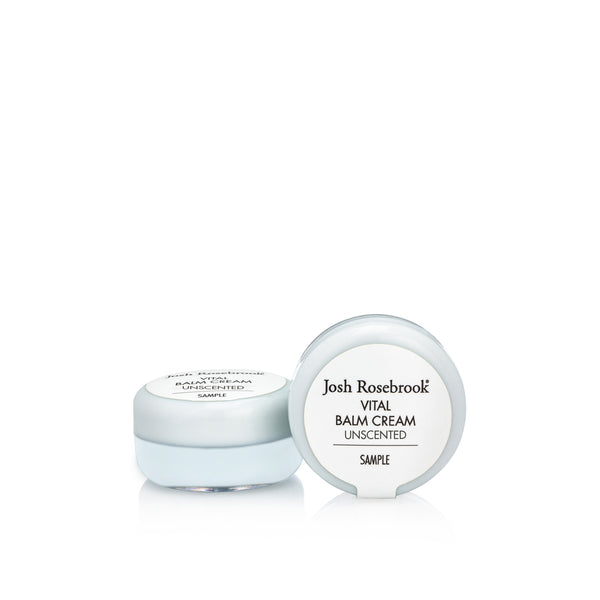
WRITTEN BY Josh Rosebrook